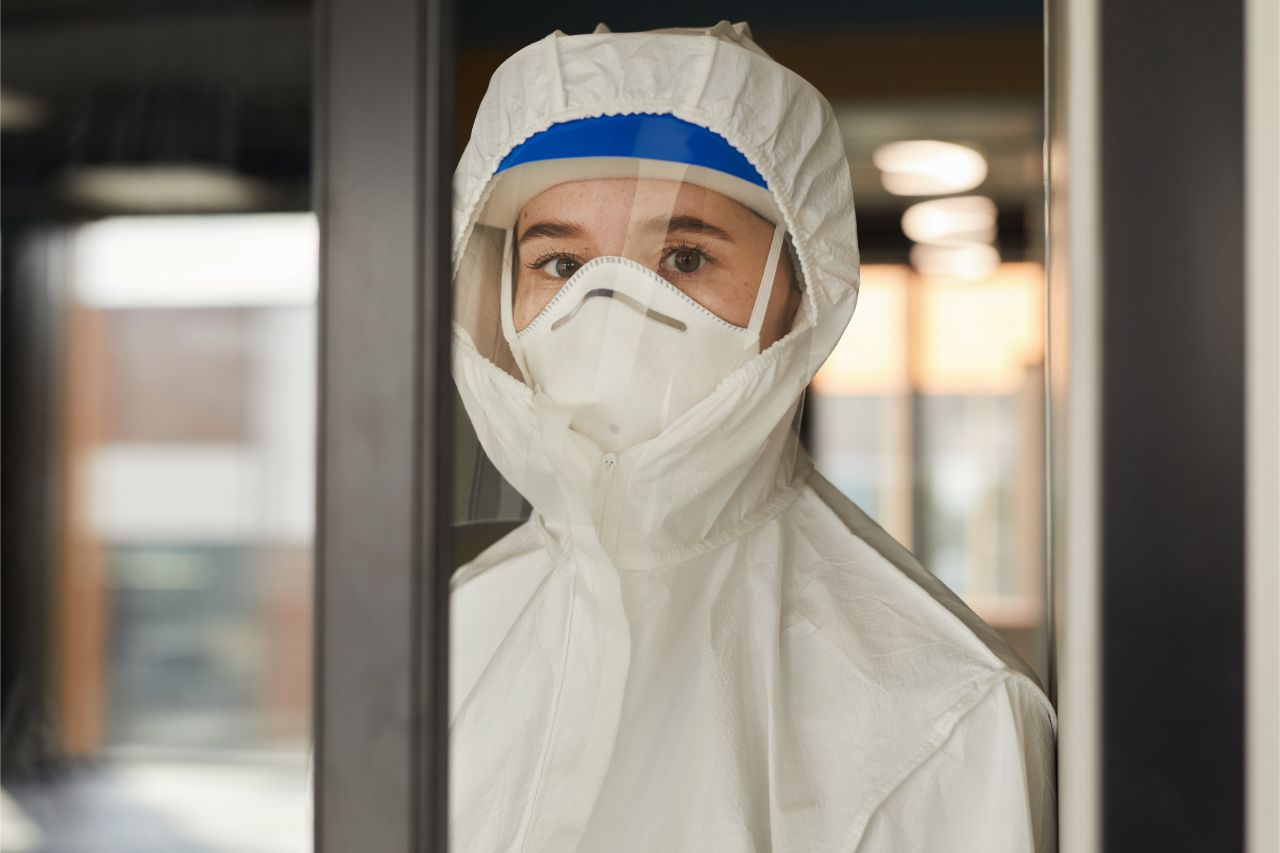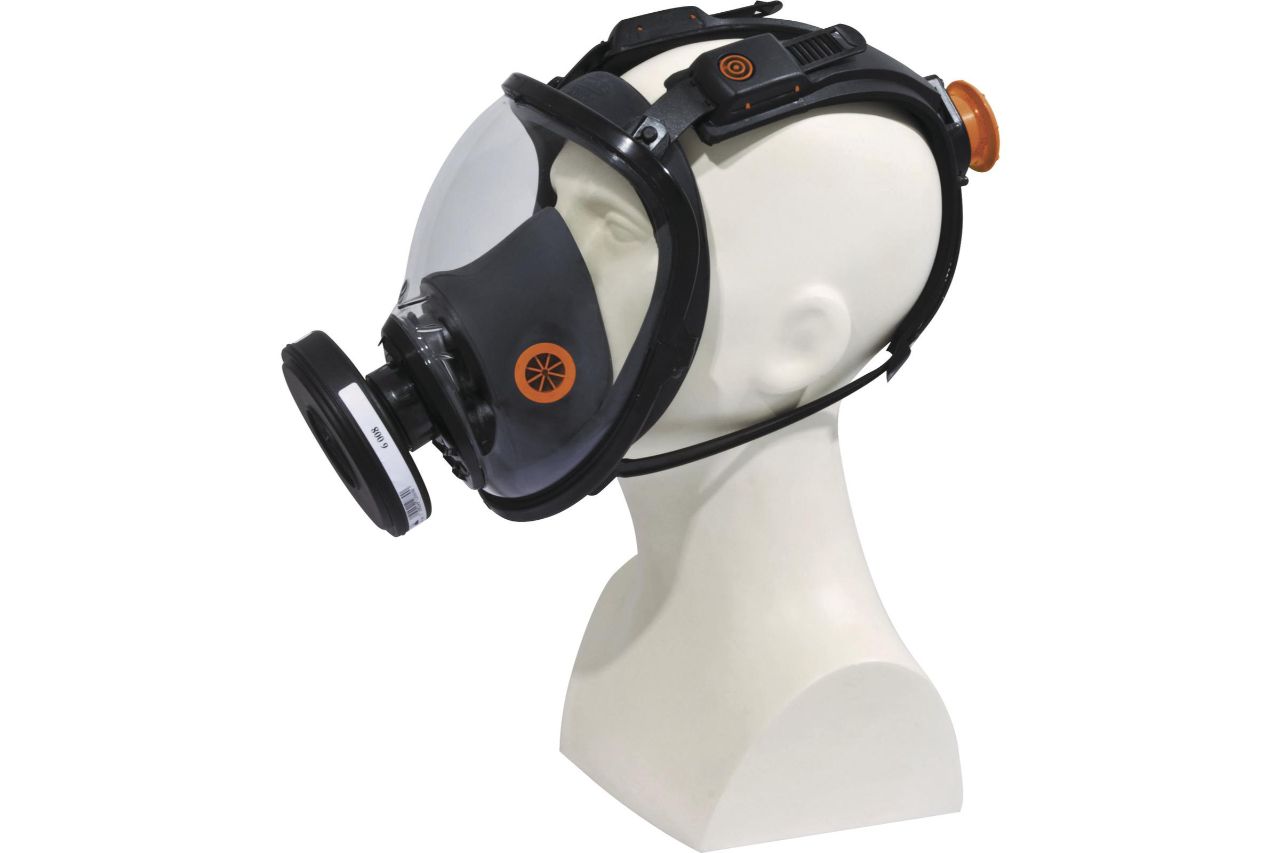
Respirators are personal protective devices designed to decrease the wearer’s exposure to hazardous airborne particles, vapors, and gases. Some of the popular types are disposable and for one-time use—such as FFP1 and FFP2 masks. There are also reusable half-mask and full face mask respirators with filters and cartridges that you can replace for long-term use. If you want to know how to maintain these respirators, keep on reading!
Whether you’re using a disposable or a reusable respirator, make sure to inspect all parts before you wear it. Worn-out and defective masks will not provide you with the protection you need, so this step is necessary. Replace the mask with a new one if you notice signs of damage.

After using a disposable respirator, make sure to dispose of it properly and wash your hands afterward. For reusable ones, remember to clean and sanitize them properly before storage. You can follow the steps below:
Unlike the facepiece, the filters and cartridges on your respirator are not designed for washing. Instead, you need to replace them regularly according to your manufacturer’s recommendations. This component can start clogging up after some time, so always keep a backup ready. Even if you don’t use your respirator, the filter will continue to absorb contaminants from the environment.
To ensure that workers get the most out of their respirators, some workplaces have a filter and cartridge change schedule. This will depend on the contaminants present in the environment, temperature, humidity, and shelf-life of the filter and cartridge.
Below are some signs that you might need to change the filters and cartridges:

After making sure that your respirator is in good condition, the only thing that’s left is to store it properly. This way, it will be protected from dust and other contaminants in the air. It also prevents sunlight, heat, cold, and moisture from damaging your respiratory equipment. This applies to both disposable and reusable respirators.
Choose a nonporous, airtight container for your respirator. Some safety equipment suppliers already provide a storage bag when you receive this PPE. You can also use a zip-lock bag or a sealed plastic box. Keep the cartridge in a separate container.
When storing your respirators, make sure that all components retain their natural shape. Don’t put heavy objects on top of the equipment. Protect your respirator from humidity and extreme temperature by placing it in a cool and dry place.
To ensure that your respirator is taken care of, always refer to the manufacturer’s manual regarding the cleaning, filter replacement, and maintenance recommendations. Not all respirators are made the same, so it’s best to read the instructions first to avoid damaging your equipment.
Other than that, make sure that you’re only using manufacturer-approved cartridge filters specifically made for your respirator.
A respirator is personal protective equipment that can protect you from contaminants in the air. But to be effective, it must be in good condition—free from damage, dirt, and defects. Make sure that you inspect, clean, and store it according to your manufacturer’s guidelines so you can make full use of its features.
If you have additional questions on how to maintain respirators, Dels Apparel can help you. They offer different types of respiratory equipment and can provide specific advice regarding care and maintenance of your PPE. If you’re interested in disposable and reusable respirators, you can check our products here.